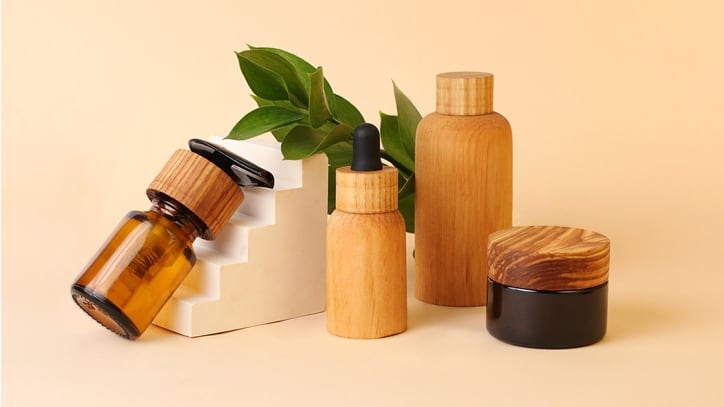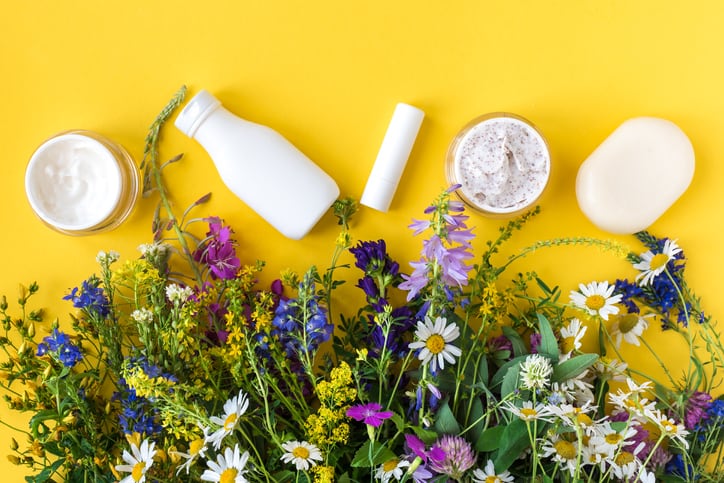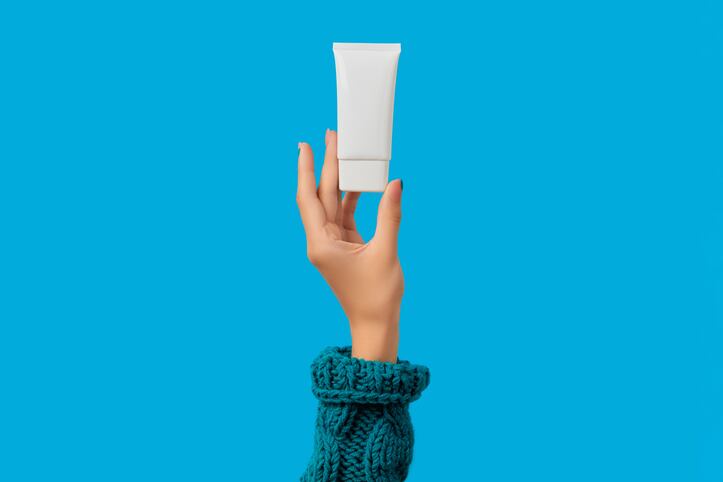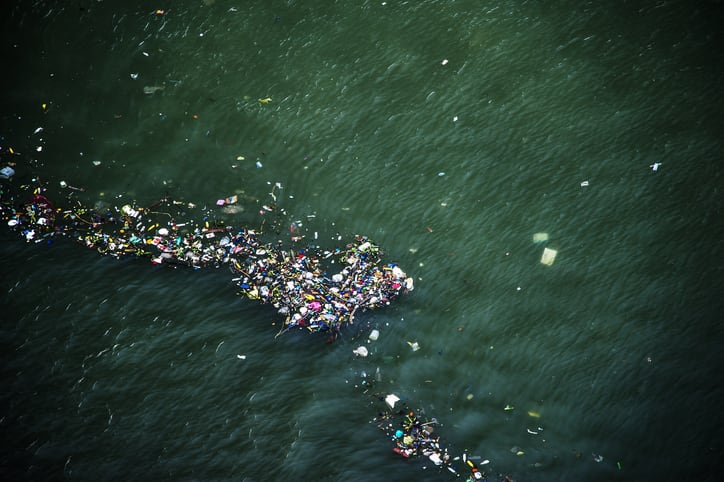Intro
The Upcycled Beauty Company recently released its Zero Waste Beauty Report for 2022-2023. This week we’ll dive into the report's three sections and how its findings are reflected in today’s cosmetics industry.
According to the University of Connecticut, the beauty industry uses 120 billion units of plastic packaging every year. The Zero Waste Beauty Report by The Upcycled Beauty Company finds that consumers are interested in cutting down on packaging, including:
- 91% of consumers prefer less packaging
- 88% of consumers would like to refill their packaging
- 92% of UK consumers say sustainable packaging is important to them
- Half of consumers are less likely to buy products in environmentally harmful packaging
- Almost three-fourths of consumers globally said they’d pay more for sustainable packaging
“To tackle packaging landfill, brands are reducing waste and reshaping the way they package and refill everyday personal items,” the report read. “But refill schemes come with their challenges and a shift in consumer behavior is required to make them work.”
The report outlined three areas of innovation to reduce packaging waste.
Return and refill
Refillable packaging programs are one of the key packaging reduction ideas on the market today, according to the report.
While some refillable options include an initial purchase of hard plastic packaging and then purchases of soft plastic refills, the report specifically outlined return-and-refill programs which skip secondary packaging for refills.
A recent Greenpeace report found that the global plastic recycling rate is below 10% and that even plastic put into recycling bins is unlikely to actually be mechanically or chemically recycled and turned into new packaging.
According to the report, some brands like The Body Shop have offered refillable options for decades, but consumer demand in the past was not aligned with the model.
“Everyone, at that time, was moving to plastics," Linda Campbell, The Body Shop Managing Director said in the report. "Now, that conversation has evolved to the point that customer demands have come full circle. We’re responding to demand not just from shoppers but from our own store teams and from the wider policy and culture piece too.”
Pact Collective said in previous CosmeticsDesign reporting that one of the major hurdles to creating effective return-and-refill programs is the short-term “take-make-waste” model of consumer goods.
For a circular model to work Pact said not only would different stakeholders in the supply chain need to work together, but consumers would also have to adjust their expectations and practices with beauty products.
Some brands are building their entire business model around making packaging circularity more doable for consumers. For example, color cosmetics brand Izzy Beauty uses a product subscription model to allow consumers to mail back old packaging to be reused or recycled by the brand.
Infinite life cycles and lower emissions
While plastic is not currently functionally recyclable, some brands are turning towards infinitely recyclable packaging options, according to the report.
Plastics lose structural integrity when recycle, which means if plastic packaging beats the odds and is mechanically recycled, it will quickly become too low quality to be reused. At the same time, 75% of aluminum produced is still in use today, according to the report.
Sarah Bachir-Levy, cosmetics and personal care marketing manager at Eurofins, told CosmeticsDesign in previous coverage that non-plastic packaging materials does require specific safety testing because they are more chemically reactive.
The report outlined the use of aluminum in refill programs specifically, like aluminum can soap refills from KanKan and dissolvable refill packaging for Forgo hand soap.
“If refill designs were to be applied to all bottles in beauty and personal care, packaging and transport savings alone would represent an 80-85% reduction in greenhouse gas emissions,” said the Ellen Macarthur Foundation in the report.
Learn more about packaging materials with CosmeticsDesign’s Sustainable Packaging Roundup.
Creative packaging materials
Many beauty brands and suppliers are turning to completely new packaging concepts that leave no trace.
The report said there are many new packaging materials on the market for the beauty industry including:
- Bio-based packaging Some packaging suppliers are turning to biopolymers to create plastic-like. Packaging suppliers have previously noted in CosmeticsDesign coverage that, while biopolymers can alleviate the need for plastic, they can also encourage environmentally damaging agricultural practices if not managed.
- Seed-laced packaging Brands and packaging suppliers are exploring the use of paper packaging filled with seeds. One company the report focused on ships products in compostable boxes with chrysanthemum seeds, so when consumers are done with the box they can plant it and grow flowers.
- Dissolvable packaging The industry has seen fully dissolvable packaging at tradeshows and on some retail shelves. Brands like body wash company Plus are using dissolvable packets which allow for a zero-waste product.
- Popcorn-based packaging According to the report, a compostable biopolymer has been developed from corn waste. Using waste from cornflake production the University of Gottingen created an alternative to polystyrene and plastic packaging.
- Plantable product waste The report also featured an eyeliner, Sprout World, which is intended to be planted after the product has been used up.




